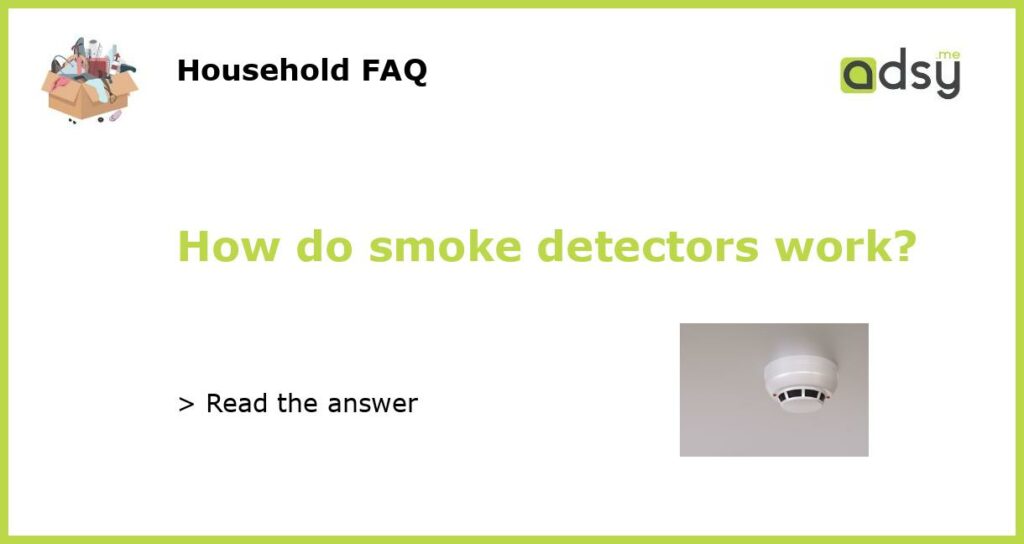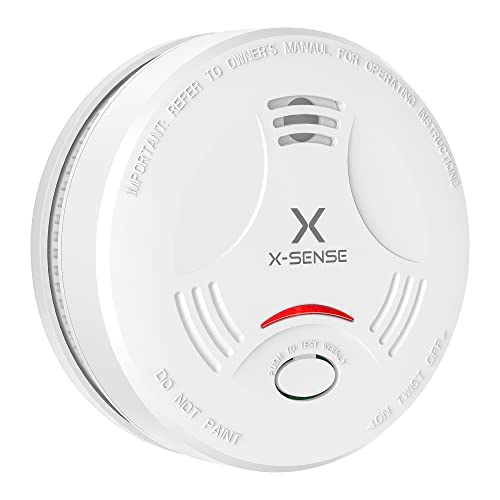How do smoke detectors work?
Smoke detectors are an essential part of every home’s safety system. These small devices play a crucial role in alerting occupants to the presence of smoke and potential fire hazards. But have you ever wondered how smoke detectors actually work? In this article, we will break down the science behind smoke detectors to understand their functioning.
The basics of smoke detectors
Smoke detectors are typically made up of two main components: a sensor and an alarm. The sensor is responsible for detecting smoke particles in the air, while the alarm alerts occupants with a loud sound or flashing light. The most commonly used sensors in smoke detectors include ionization and photoelectric sensors.
Ionization sensors
Ionization sensors are one of the most common types of smoke detectors. These sensors work by using a small amount of radioactive material, typically Americium-241, to create a small electrical current within the smoke detector. When smoke particles enter the detector, they disrupt the current flow, activating the alarm.
Photoelectric sensors
Photoelectric sensors operate on a different principle than ionization sensors. These sensors use a light source and a sensor chamber. When smoke enters the chamber, it scatters the light, causing it to hit the sensor. This triggers the alarm to sound. Photoelectric sensors are particularly effective in detecting smoldering fires that produce larger smoke particles.
The role of interconnected smoke detectors
Interconnected smoke detectors are becoming increasingly common in modern homes. These smoke detectors are interconnected through a wired or wireless system, creating a network where if one detector is triggered, all the interconnected detectors will also sound an alarm. This can help ensure that everyone in the house is alerted to the presence of smoke or fire, even if they are far from the initial source.
Maintenance and placement of smoke detectors
To ensure the proper functioning of smoke detectors, regular maintenance is essential. It is recommended to test smoke detectors once a month by pressing the test button on the device. Additionally, the batteries should be replaced at least once a year, or as soon as the low battery warning signal is heard. Proper placement of smoke detectors is also important. It is recommended to have at least one smoke detector on every level of the home and near sleeping areas. They should be installed on the ceiling or high up on the wall, away from windows, doors, and vents that could interfere with their operation.






